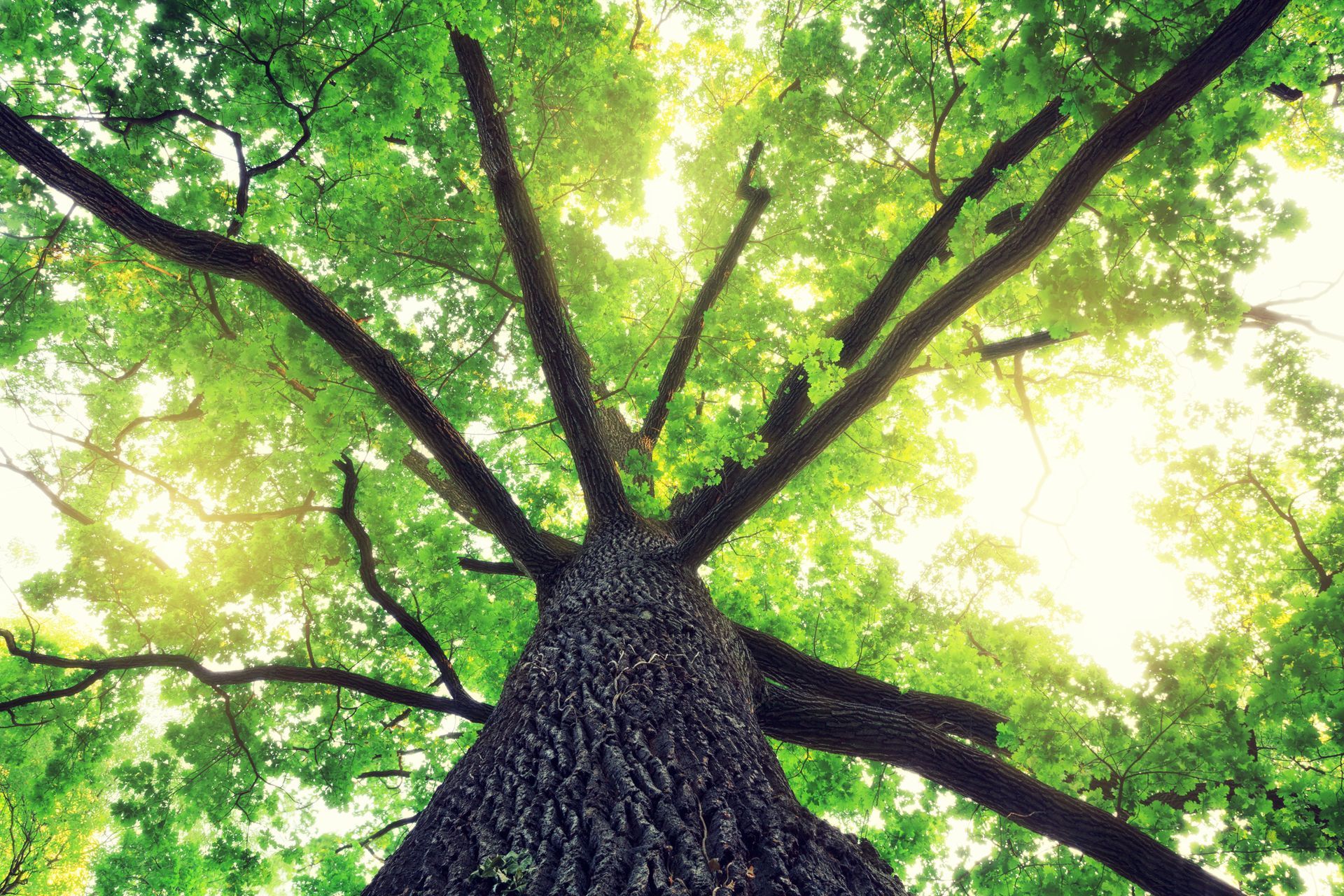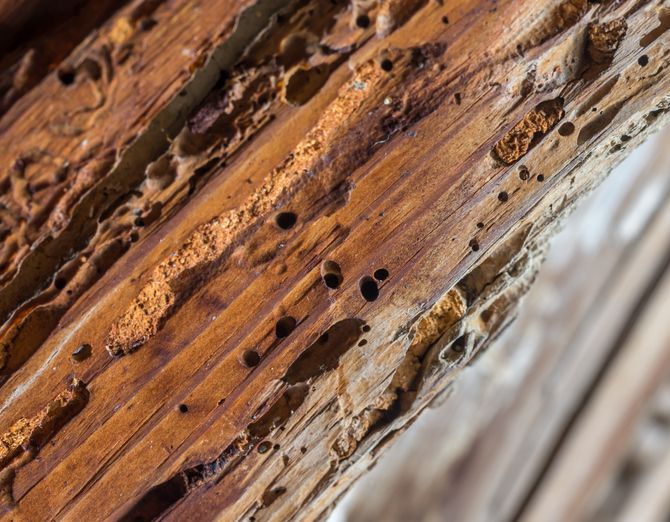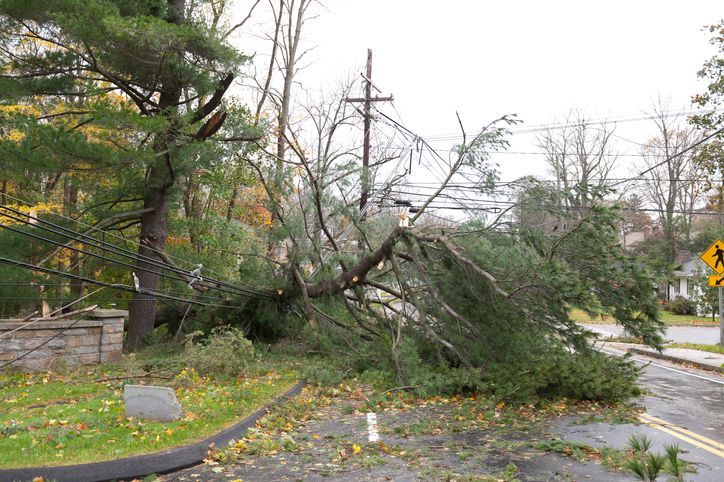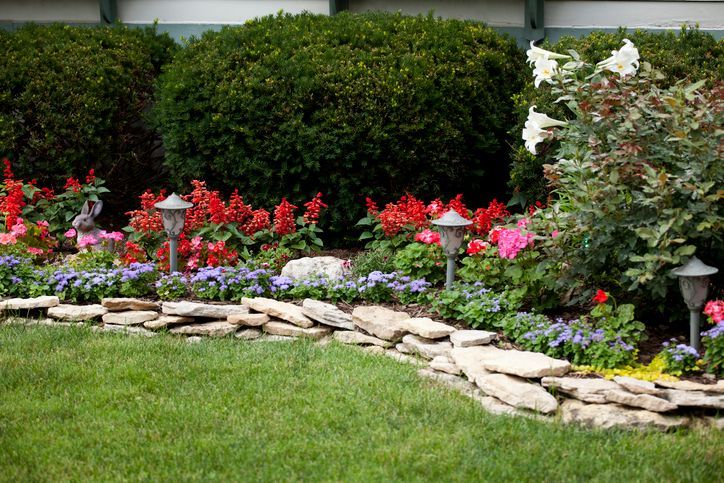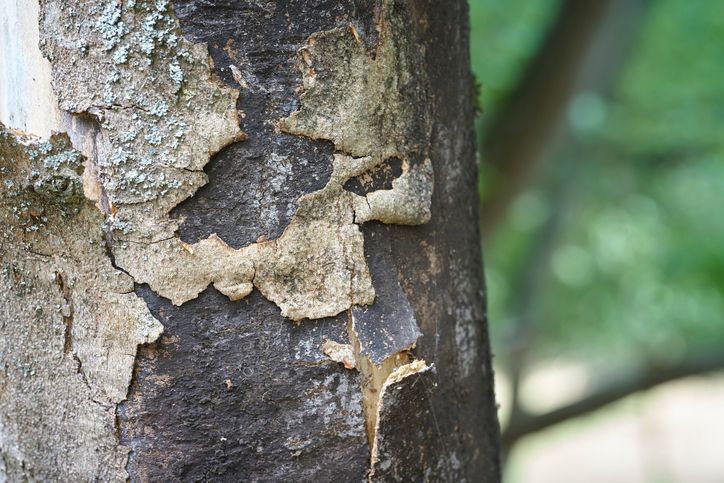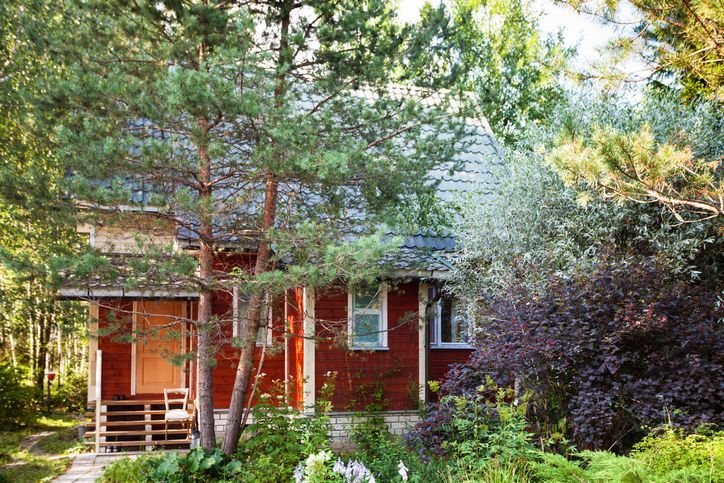Heat Stress in Trees: Identification and Management
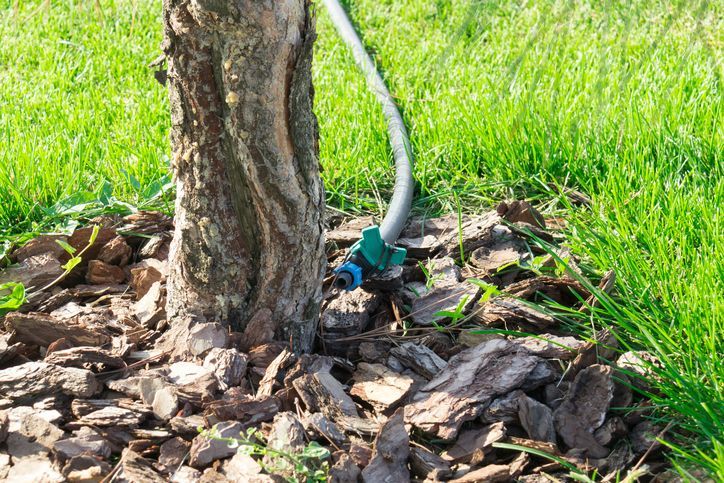
Heat stress is a significant concern for trees, impacting their health and longevity. In regions like Pittsburgh (Zone 6b), where temperatures are rising, early identification and effective management of heat stress are crucial. This guide will help you recognize the symptoms of heat stress in trees and provide practical solutions to mitigate its effects, ensuring your trees thrive even in the hottest conditions.
Recognizing Signs of Heat Stress
Symptoms of Heat Stress
Identifying heat stress early can prevent long-term damage. Look out for these common symptoms:
- Leaf Scorch: Leaves develop brown, dry edges, indicating they're not getting enough water.
- Wilting: Leaves and branches droop and look lifeless, a sign that the tree is struggling to maintain hydration.
- Early Leaf Drop: Trees may shed their leaves prematurely as a survival mechanism to conserve water.
- Sunburn on Bark: The bark can crack or develop patches, similar to a sunburn on human skin, particularly on the tree's south and west sides.
Vulnerable Tree Species
Certain tree species in Pittsburgh are more susceptible to heat stress:
- Sugar Maple: Known for its beauty, but prone to leaf scorch and early leaf drop in high heat.
- White Birch: Often suffers from wilting and sunburn due to its thin bark.
- Norway Spruce: Can experience needle browning and early shedding.
- Japanese Maple: Highly sensitive to intense heat, often showing signs of leaf scorch.
Factors Contributing to Heat Stress
Environmental Factors
Several environmental conditions can exacerbate heat stress:
- Soil Conditions: Poor or compacted soil can hinder water absorption, leaving trees thirsty.
- Water Availability: Inconsistent watering or drought conditions increase stress on trees.
- Local Climate: Prolonged periods of high temperatures and low humidity levels intensify heat stress.
Biological Factors
The tree’s age, species, and overall health significantly affect its resilience to heat:
- Age: Younger and older trees are particularly vulnerable due to their less robust root systems.
- Species: Some species naturally have lower heat tolerance.
- General Health: Trees already weakened by pests, disease, or poor nutrition are less likely to withstand heat stress.
Immediate Actions to Alleviate Heat Stress
Watering Techniques
Proper watering can make a world of difference:
- Deep Soil Moisture: Water deeply and slowly to ensure moisture reaches the tree’s root zone.
- Timing: Water early in the morning or late in the evening to minimize evaporation.
- Avoiding Mistakes: Ensure you’re not overwatering, which can lead to root rot.
Mulching Practices
Mulching helps in several ways:
- Cooling Soil: Mulch acts as an insulating layer, keeping soil temperatures down.
- Moisture Retention: Reduces evaporation, helping soil retain moisture longer.
- Application: Use organic mulch like wood chips or straw, and apply a 2-4 inch layer around the base of the tree, ensuring it doesn’t touch the trunk to prevent rot.
Long-Term Strategies for Heat Stress Management
Proper Tree Placement and Selection
Prevent heat stress through smart planning:
- Tree Selection: Choose species that are heat-tolerant and well-suited to Pittsburgh’s climate.
- Location: Plant trees in spots where they receive adequate sunlight but are shielded from the intense afternoon sun.
Pruning for Health
Pruning helps maintain tree health:
- Improved Air Circulation: Reduces heat retention within the canopy.
- Optimal Timing: Prune during dormant seasons to minimize additional stress.
Monitoring and Ongoing Care
Regular Health Checks
Consistent monitoring is key:
- Signs of Stress: Regularly inspect your trees for early signs of heat stress.
- Professional Assessments: Engage tree care professionals for comprehensive health checks and expert advice.
Adjusting Care According to Weather Predictions
Stay ahead of the weather:
- Proactive Measures: Adjust watering and care routines based on weather forecasts.
- Seasonal Adjustments: Tailor your tree care practices to address varying seasonal challenges.
Getting Help From a Local Tree Service
Managing heat stress is essential to preserving tree health and enhancing the beauty of your landscape. By recognizing the signs, understanding the contributing factors, and implementing both immediate and long-term care strategies, you can ensure your trees remain healthy and vibrant even during Pittsburgh’s hottest months.
For expert advice and comprehensive tree care services, contact JR Lawn & Tree Service. Our team is dedicated to helping you manage heat stress effectively and keep your trees in peak condition.
